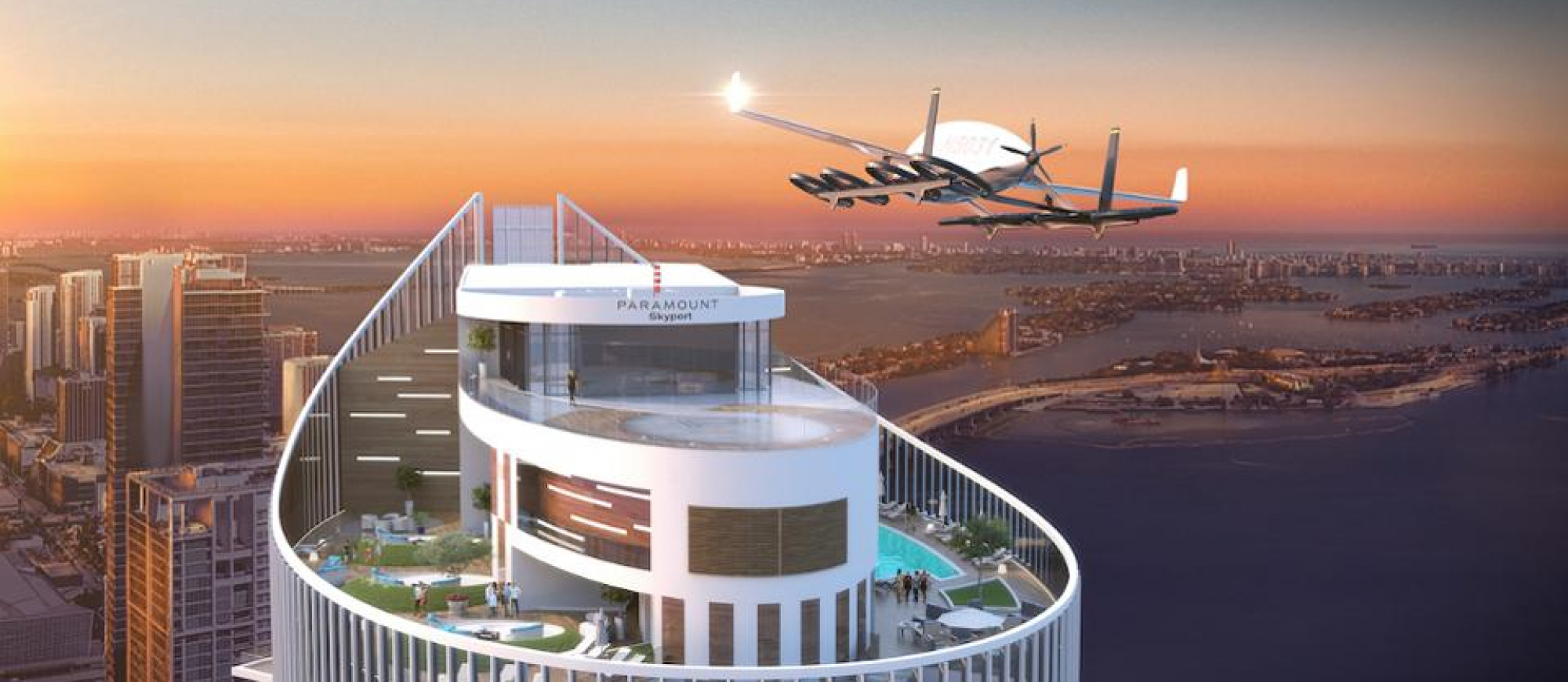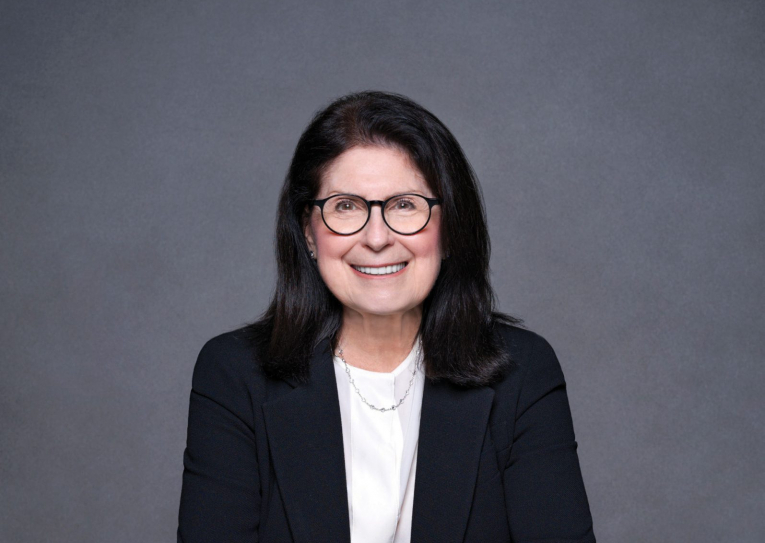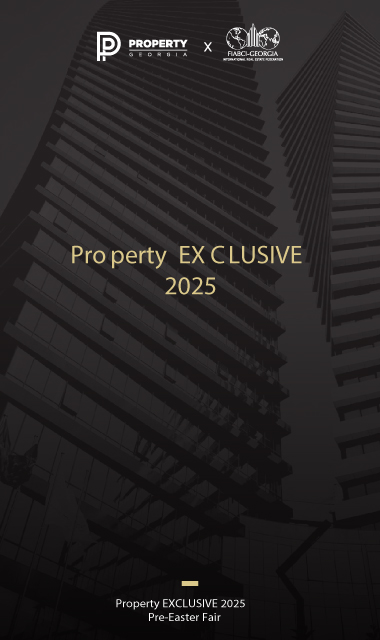In less than eight weeks, Covid-19 has re-ordered virtually every industry in the world.
But few more rapidly than real estate and development. Now that hundreds of millions of people have gotten a new taste of how important “home” actually is—as a safe haven, a de facto schoolhouse, an impromptu remote office, and a forced, familial psychological petri dish—the spaces we live in, and more importantly what we demand of them, stand to look profoundly different in the post-coronavirus world.
Real estate development and architecture have always had a tail wags the dog relationship. Architects are paid to be visionaries and idea factories. But it’s often the developers who hire them that inspire the most transformative innovations. Long after the architects have moved on, they’re the ones who still answer to the customer, process feedback (and blowback), and are pushed continually to innovate and problem-solve.
In response to the Covid-19 pandemic, many of the world’s largest developers are rapidly rethinking their visions for the future of the built environment. Projects under construction are being re-designed on the fly. Floor plans are being redrawn. Cigar lounges with touchscreen humidors are being canned.
This top-down re-visioning of real estate will have an outsized, trickle-down impact on how we build, the materials we use, how we move and interact with one another in public and private places, and what ultimately “space” should be and do for years to come. So why isn’t anyone talking about it?
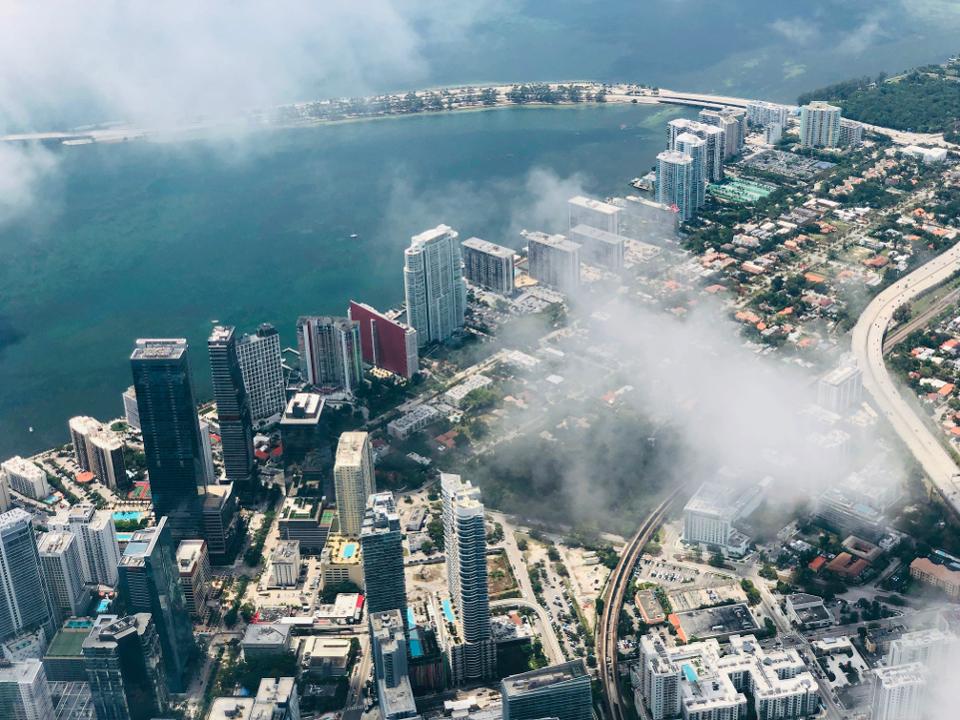
Few cities understand this real estate “space race” better than Miami.
Over the past decade, South Florida’s forward-thinking developers have pioneered many of real estate’s most boundary-bending amenities including: the high-rise car elevator (Porsche Design Tower), the flying car port (Paramount Miami Worldcenter), the private soccer pitch (Paramount Miami Worldcenter, again), in-unit aromatherapy and Circadian rhythm lighting (Muse Residences), the indoor ice skating rink (Estates At Acqualina), and private rooftop helipads (1000 Museum).
In the process, they’ve challenged the world’s leading architecture firms, engineers, contractors, and technology companies to push the limits of what was previously design science fiction to re-shape “possibility” in the built environment.

Broadly speaking, the real estate development amenity paradigm over the past decade since the Great Recession has been fairly Trumpian in its expression: bigger, wider, flashier, more. Programmatically, it’s centered around a few core ideas: building community through open, interactive spaces, shared experiences through intimate group activities like cooking classes and kick-boxing lessons, and stuffing buildings full of digital innovation to eliminate mental and physical clutter with things like interactive touch-screen technology.
Three months into the Covid-19 pandemic, many of these concepts already seem woefully out of date, even irresponsible. Real estate’s new development buzzwords are quickly morphing. Buyers domestic and foreign all of a sudden seem vastly more interested in things like privacy, virtual, distanced, and mine.
So what, exactly, will real estate development’s new design paradigm look like post-corona?
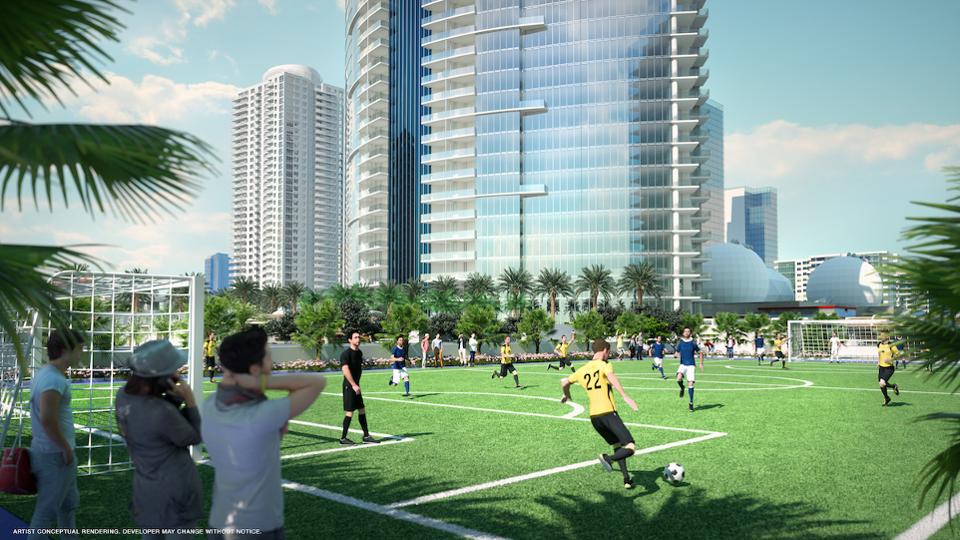
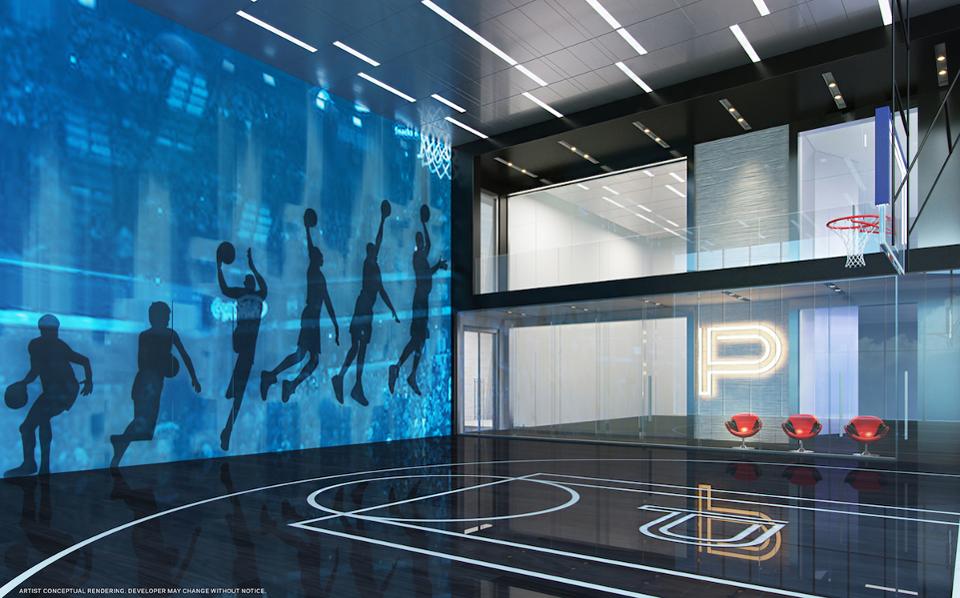
Miami’s recently completed Paramount Worldcenter bills itself as America’s second largest master-planned development (Related Group’s Hudson Yards on Manhattan’s West Side is the first), and the most amenitized building in the world. That’s not marketing hyperbole.
Within the project’s 30 acres and 700’ towering feet are an elevated, full-sized soccer field, an indoor basketball court, tennis and racquetball courts, a golf simulator, conservatory, observatory, recording studio, jogging path, dog park, tai chi deck, yoga studio, two game rooms, five pools, a sky port for flying cars (when they come), and over five-hundred uber luxury residences with private elevators and foyers.
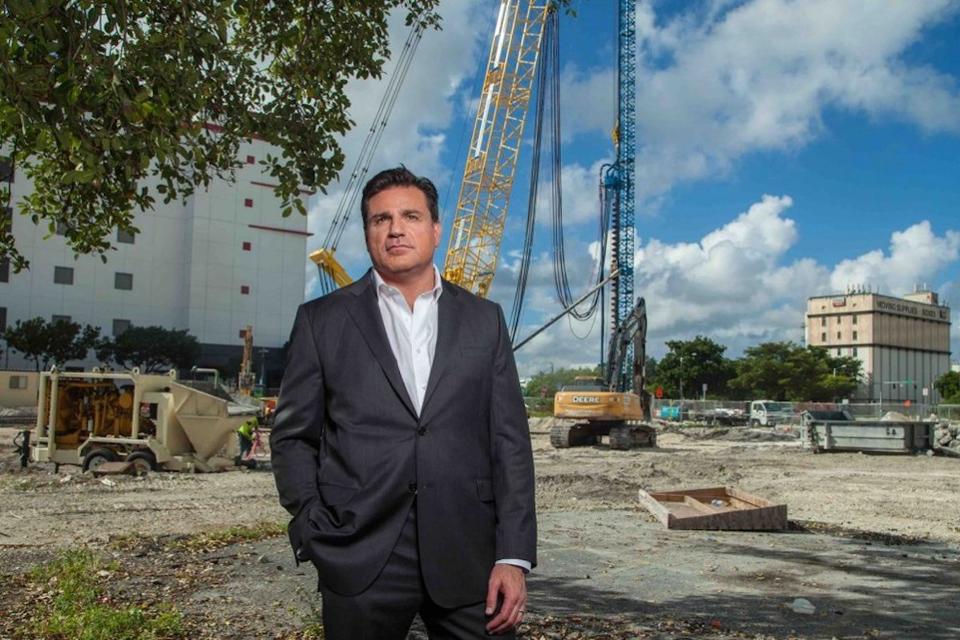
Dan Kodsi, Paramount Miami’s developer, always envisioned his building pushing the limits of possible when he first snatched up the land back in 2016.
At the time, Miami’s luxury condo market was booming again with Latin American (LATAM), Russian, and other foreign buyers looking for a safe haven for their money post-Recession and a healthier, more stable, experienced-based lifestyle. Kodsi saw an opportunity to deliver on both of those promises by setting a new standard in what he calls “ROL”, or Return On Lifestyle. Coming out of the Great Recession realestate at every price point was rotting everywhere. Staying relevant and being responsive, Kodsi reckoned, was what would set his buildings apart from the noise. That essential premise has never been more actionable than it is now.
“Covid 19 has been a reminder to stay consistent on the things we always try to incorporate into everything we build,” says Kodsi, “In many ways we were already ahead of the curve on technology and delivering amenities that residents could enjoy without leaving the building. But as a developer, I am always conscious about adapting our projects as we design them to our buyers’ needs at any given time, the forms and function of our architecture, the amenities we build in, and even the way our buildings get cleaned and how we deliver fresh air and water.”
For the handful of U.S. developers capitalized to play in Kodsi’s multi-billion dollar real estate space, staying relevant, responsive, and “conscious” doesn’t come cheap. It involves a full-time design and construction staff on every project, as well as dozens of in-house architects who wake up every day translating napkin visions into constructable realities. This constant process of “staying cognizant” at the top of the real estate market—particularly now in the wake of a global pandemic—inevitably sets new global design paradigms into motion that eventually pull everyone else along. It’s trickle down theory—for real estate.
“Without hesitation I can say that the concepts we brought to life at Paramount Worldcenter came from our internal team’s understanding of our buyers’ needs and desires,” says Kodsi. “On top of that we executed on some pretty daring surprises that have proven to be wildly popular amongst our buyers, and those will eventually be adopted on a wider scale as the costs come down. Our internal team of architecture, interior design, and conceptual design professionals allows us to build our visions into reality and push new boundaries that we can share.”
“Without hesitation I can say that the concepts we brought to life at Paramount Worldcenter came from our internal team’s understanding of our buyers’ needs and desires,” says Kodsi. “On top of that we executed on some pretty daring surprises that have proven to be wildly popular amongst our buyers, and those will eventually be adopted on a wider scale as the costs come down. Our internal team of architecture, interior design, and conceptual design professionals allows us to build our visions into reality and push new boundaries that we can share.”
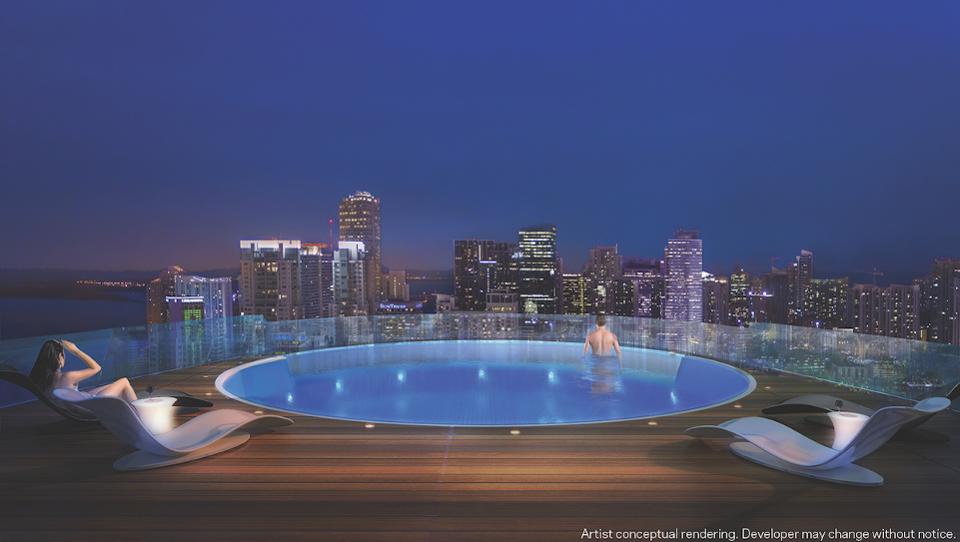
Almost universally, every developer seems to agree that health and wellness will now be at the top of buyers’ wish lists, positioning people like Kodsi who’ve been doing it for years ahead of the curve.
“Air purification, cleaning protocols, aromatherapies, lighting, and water filtration have been becoming brand standards for us for a while, and we’re continuing to innovate in this area,” says Kodsi. “Our latest Hotel and Residences brand called Legacy includes a Center for Health and Performance as a pillar in all Legacy properties, fusing wellness with advanced diagnostics and medicine. These will be the places that athletes come from all over the world to improve their performance incrementally side by side with leading executives. We’re even convinced that what we are doing with this facility during a pandemic like Covid-19 would remain open and be deemed ‘essential’ for the community. Health is now the new wealth.”
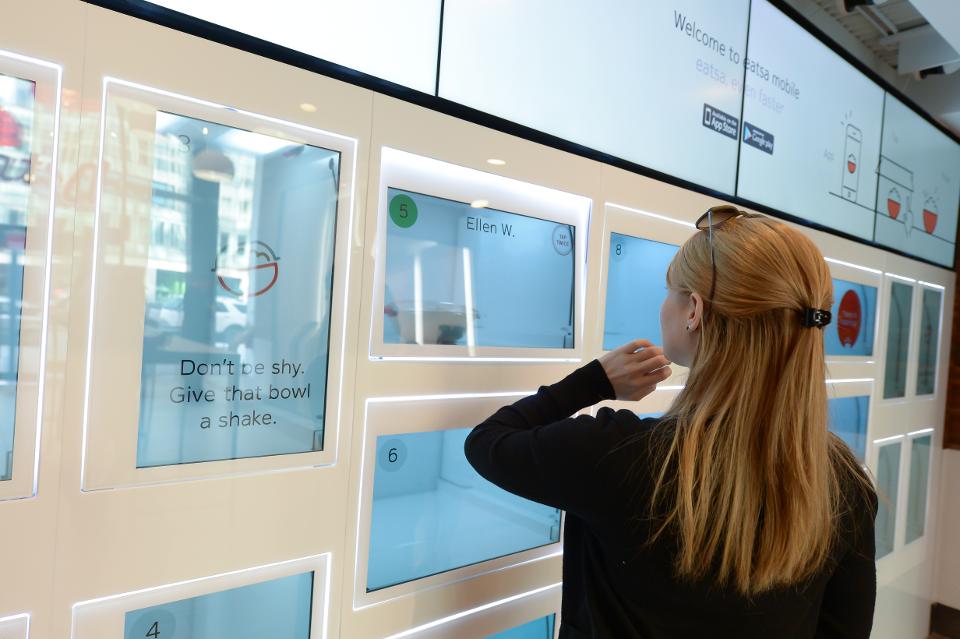
Touchless “proptech” is next on developers’ mission-critical lists, especially where it relates to minimizing co-mingled surface contact.
“A lot of technology we already deploy is touchless and keyless,” says Kodsi, “But we plan to stay ahead of the curve even more so now by utilizing biometrics like voice prints and optical recognition. Even thumb scans will soon be obsolete because they require everyone to scan their print on the same device which becomes a liability. There should be no need in the future for our residents to have to touch anything in the building, nor should our staff have to touch our residents’ items without protection protocols in areas like valet. Touchless is inevitably going to become the new normal.”
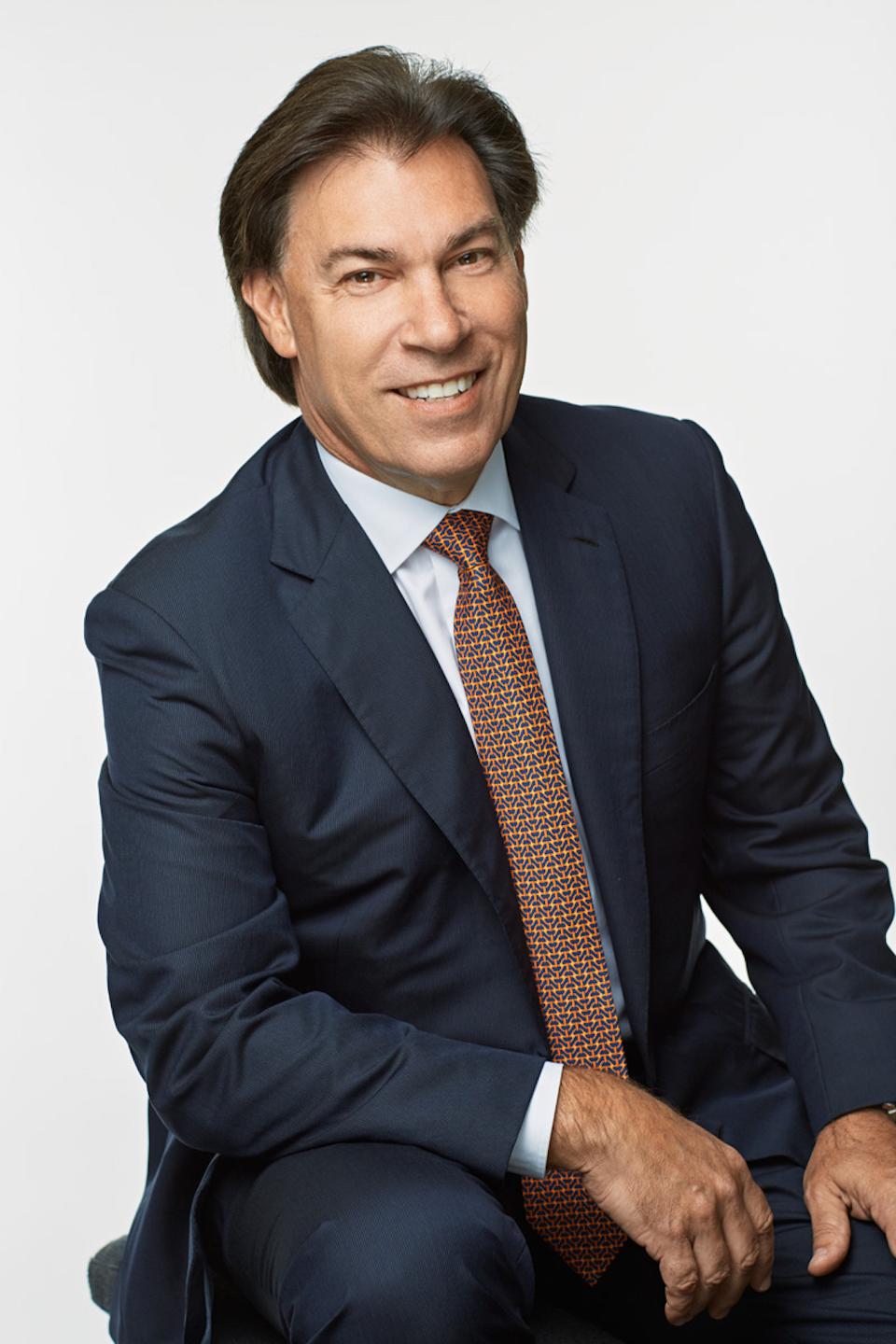
Not unexpectedly, Paramount’s Kodsi isn’t the only influential Miami developer looking to re-shape real estate post Covid-19, which puts additional levers on what the future of luxury real estate 2.0 might look like.
Developer Edgardo Defortuna arrived in Miami from Cordova, Argentina in the mid-1980s, and in his words, “got lucky”.
“I was in the right place at the right time,” recalls Defortuna, “The Miami market at that time was just beginning to become a power player internationally versus Manhattan. I started out managing one property. Then one grew to ten. Then ten to fifty. I got my real estate license in 1986, and the rest is history.”
Since then, Defortuna’s company, the Fortune International Group, has built up a global reputation as one of South Florida’s leading developers specializing in rarified Latin American buyers, selling billions of dollars of prime waterfront real estate to many of South America’s elite families, including the company’s recently completed Ritz Carlton Residences Sunny Isles, just north of Miami Beach.

Since then, Defortuna’s company, the Fortune International Group, has built up a global reputation as one of South Florida’s leading developers specializing in rarified Latin American buyers, selling billions of dollars of prime waterfront real estate to many of South America’s elite families, including the company’s recently completed Ritz Carlton Residences Sunny Isles, just north of Miami Beach.
“We are always aware of the trends,” says Defortuna. “We are in the business of knowing what our buyers want. But as developers we also have to be careful about changing course too quickly. Some trends, of course, are certain—and not just because of coronavirus. In future buildings, with the advent of more technology that optimizes remote access and living, we expect to see an increase in designated home offices. In terms of technology, we also anticipate more no-touch interfaces, preventing residents from ever needing to grab door handles or push elevator buttons. From a design perspective, living room-like terraces will also be a mainstay within projects in my opinion, as well as more private elevators. Common areas will also be smaller in the future, I think, and residents will want access to more fresh air and more outdoor space. Post-corona everything’s on the table.”

What’s ultimately playing out in real estate right now is something unexpectedly Darwinian that not even the Great Recession triggered. Crisis forces adaptation. Some species (businesses) respond. Others don’t. Post-corona, it will be developers who react quickly that decide what the new human environment looks like on the other side.
“Real estate development is the business of evolution,” says Bruce Eichner, founder of Manhattan-based Continuum Company. “Most of the real estate and development world is inhabited by creatures who are in the business of replication. They see what makes money now. And they repeat it over and over again. I’ve always looked at where the world is going and how can I fit into that world. That’s how you design for the future.”
When you talk to Eichner, a few things about him become immediately clear. There’s no flash and cash, feather puffing South Florida bravado. He’s “too old for that”, he says. Eichner cut his development chops putting up some of Brooklyn and Long Island’s most audacious buildings through the 1980s and 90s. So he knows how to navigate politics and labor far better than a Ferrari.
Eichner’s also often not given credit for many of the things he pioneered because taking credit for things makes you a target—which he prefers to avoid. In rarified development circles, however, Eichner is lauded with innovating many of real estate’s design-based sales tactics that are now industry standard.
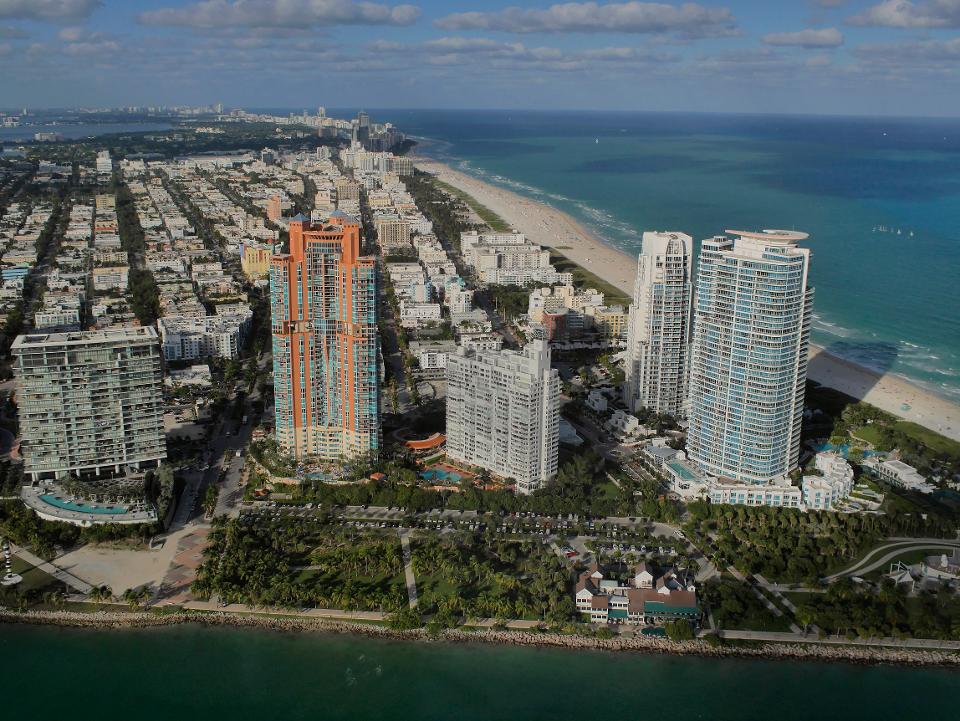
In the 1980s and 90s, Eichner was one of the first developers to design his buildings with the smallest units on the lower floors and the larger units on top (hello three-story penthouse). He also was one of the first developers to demand that his contractors fit out the lobbies first, while the steel was still topping out 400’ overhead, knowing prospective buyers could be sold early on first impressions. He built the first model apartments in New York City on the highest floors to maximize the marketing advantage of the best views.
When Eichner shifted his focus to Las Vegas—one of America’s top tourist destinations desperate for its first actual 4-star, high-rise hotel that was not a thematic, horizonal monstrosity—he developed the Cosmopolitan. It was the first Las Vegas development ever wrapped in glass and steel to design balconies into every room. Casino incumbents, like Steve Wynn, thought Eichner was crazy.
“Everyone in Las Vegas told me ‘You can’t have balconies. People will jump from them’”, says Eichner, “So I said ‘Let’s build balconies’. I’m from New York. We love balconies. And we sold 1,700 units in less than nine months.”
Post Covid-19, Eichner senses another tectonic real estate development opportunity happening—though he’s still keeping his cards close to his vest on what that is.
“Every 5-7 years, I end up coming up with some non-linear idea that results in a project,” Eichner teases. “And that’s after I spend 5 to 7 years learning more about the real estate market and understanding how I need to adapt to it. This virus has the potential to change everything about how we live. We just don’t know what it is yet. One of the inevitable consequences of this pandemic is that real estate is going to morph into something else that it wasn’t before. I don’t know what it is yet. But I have my ideas.”

One new frontier that every developer seems to agree on is re-assessing the materials we build with—both from a health and sanitation standpoint as well as supply chain perspective, since more than 30% of America’s building materials currently are sourced from China.
“For certain there will be fewer porous or difficult to clean materials used,” says Paramount Miami’s Kodsi, “Certain materials that were in vogue just 5 years ago, like concrete countertops, would not even be considered in our developments moving forward at this point. Our priority, now more than ever, is to create sanitary and safe environments that people can enjoy and our maintenance teams can properly clean. Luxury has to co-exist with the ‘new normal’ we’re returning to and it’s our job as developers to find out what that is. We also have to make sure we’re not overly dependent on construction materials that can’t be produced here in the U.S moving forward.”

Real estate’s new development paradigm will take some time to shake out. Massive uncertainty in the markets remains and Covid-19’s longer term persistence is still unknown. In many regions of the country real estate and construction are still considered ‘non-essential’ and shut down entirely. But the reality of a new “normal” seems all but certain.
“Gatherings amongst friends and residents will never change. People crave contact, and we hope this spirit is never lost in our buildings. It’s what they’re all about,” says Paramount Miami’s Kodsi. “But how that happens may have to change in the near-term future. Hand sanitizer in all public areas will become the new norm. Amenity spaces will have to encourage more elbow room, and seating will need to be farther apart to encourage natural physical distancing. Some amenities may also become more virtual, like cooking and yoga classes. Corona is going to accelerate some trends that were already happening. But what we all have to realize is that this isn’t going away any time soon. This virus is going to change everything.”
Now that the top down shift has commenced, architects, real estate brokerages, and realtors should be paying attention to what happens next. Lives depend on it.
Source: www.forbes.com
Author: Peter Lane Taylor
